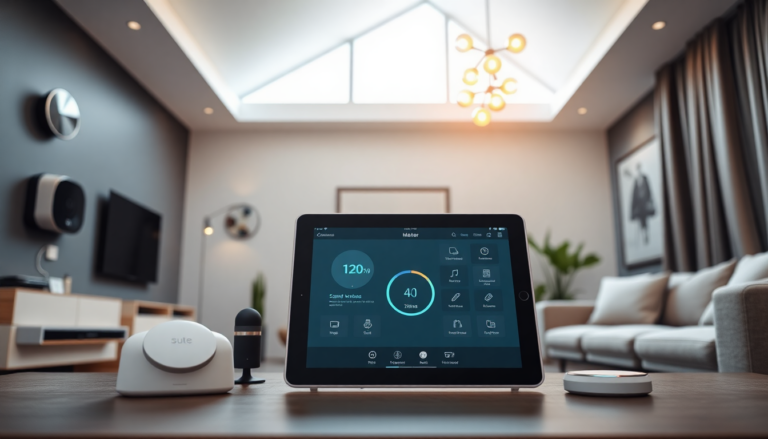Argomenti trattati
The world of smart home technology is often a tangled web of competing standards and connectivity protocols. As someone who has navigated this chaotic landscape, I can attest to the frustration of trying to integrate various devices from different manufacturers. But here comes Matter, a new standard that promises to ease our smart home headaches. Launched late last year, this initiative aims to unify the diverse smart home ecosystem, and its latest update, Matter 1.4.1, brings some exciting features that could change the game for users and manufacturers alike.
What is Matter and why does it matter?
At its core, Matter is designed to create a seamless experience across smart home devices, regardless of brand. Imagine a world where your smart light bulbs, thermostats, and sensors can all communicate without the constant headache of checking compatibility. This is what Matter is striving for. With Matter 1.4.1, we see an evolution in this vision. The introduction of multi-device QR codes and NFC support is particularly noteworthy. I remember the days when pairing devices meant wrestling with apps and codes—now, it’s as simple as a quick scan or tap of your phone. This is a game-changer, especially for those of us who have a penchant for collecting smart gadgets.
Streamlined setup processes
One of the standout features in the recent update is the multi-device QR code. For anyone who’s ever wrestled with multiple smart plugs or bulbs, this will sound like music to your ears. Instead of setting each device up individually, manufacturers can now include a single QR code that pairs all devices in one go. Picture this: you buy a pack of smart light bulbs. You scan the QR code and—boom!—they’re all connected. It’s a simple upgrade, but it can save a significant amount of time and frustration. It’s like having a personal assistant who just gets it, you know?
But the innovations don’t stop there. Matter also introduces the option for manufacturers to embed NFC tags in their devices. This means, instead of fussing with QR codes, you can simply tap your phone on a device to connect it. This could be particularly useful for those devices that are hard to reach or hidden behind furniture. Personally, I can’t count how many times I’ve had to crawl under my desk just to scan a code. If I could just tap my phone instead—well, that would be a small victory in my daily life.
Enhanced user experience with integrated terms and conditions
Now, let’s talk about the often-dreaded legalese: terms and conditions. As annoying as they are, they’re a necessary evil in our digital age. The Enhanced Setup Flow feature in Matter 1.4.1 cleverly integrates these terms into the setup process. No more being redirected to another app to read through pages of jargon while your device quietly waits to be paired. This seamless integration could make the entire onboarding process smoother, which is something I believe many users will appreciate.
Are smart home devices worth it?
Despite these advancements, the value of smart home devices remains a hot topic. Many skeptics argue that traditional devices are just fine, and it’s hard to disagree when you consider the added costs and complexities. After all, how many of us really need to control our lights with our voices? Yet, there’s something undeniably enticing about the automation and convenience these gadgets offer. As we move closer to a world where Matter becomes the norm, I can’t help but feel that the benefits will outweigh the downsides. The promise of a truly interconnected home is enticing, and with each improvement, we get closer to that reality.
The road ahead for Matter
Looking ahead, it’s clear that Matter has a long way to go. While the new features are promising, their success ultimately hinges on manufacturers adopting the standard. Early skepticism has given way to growing support, and I can’t help but feel optimistic. Just think: if every device could effortlessly communicate with one another, we might finally achieve that smart home utopia we’ve all been hoping for. So, here’s to the future of smart home technology—let’s hope it’s as bright as the smart bulbs we’re all so eager to install.

